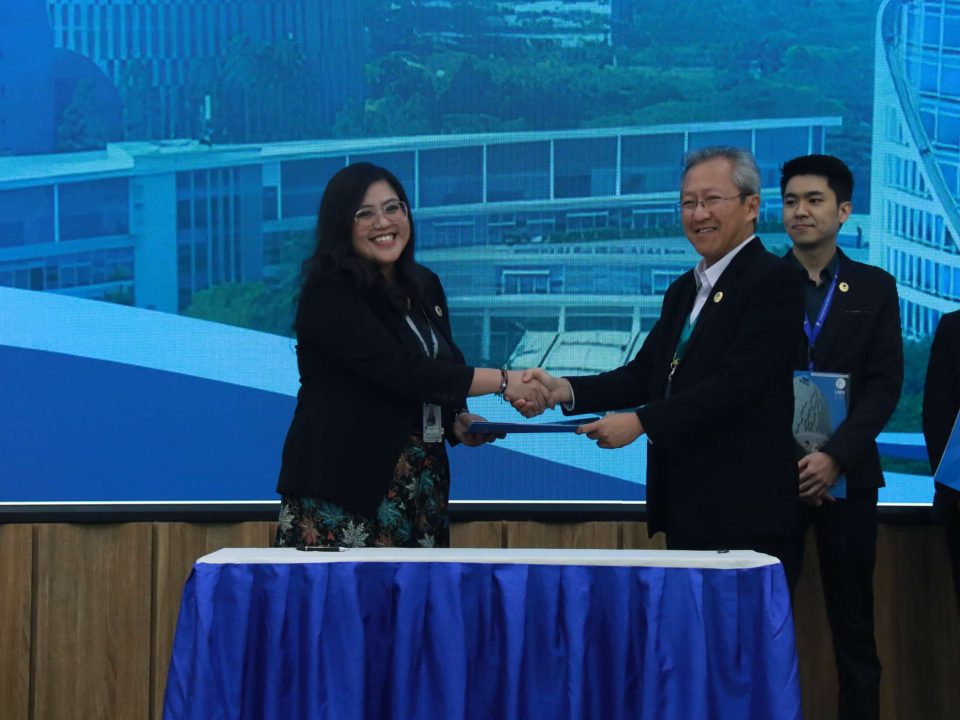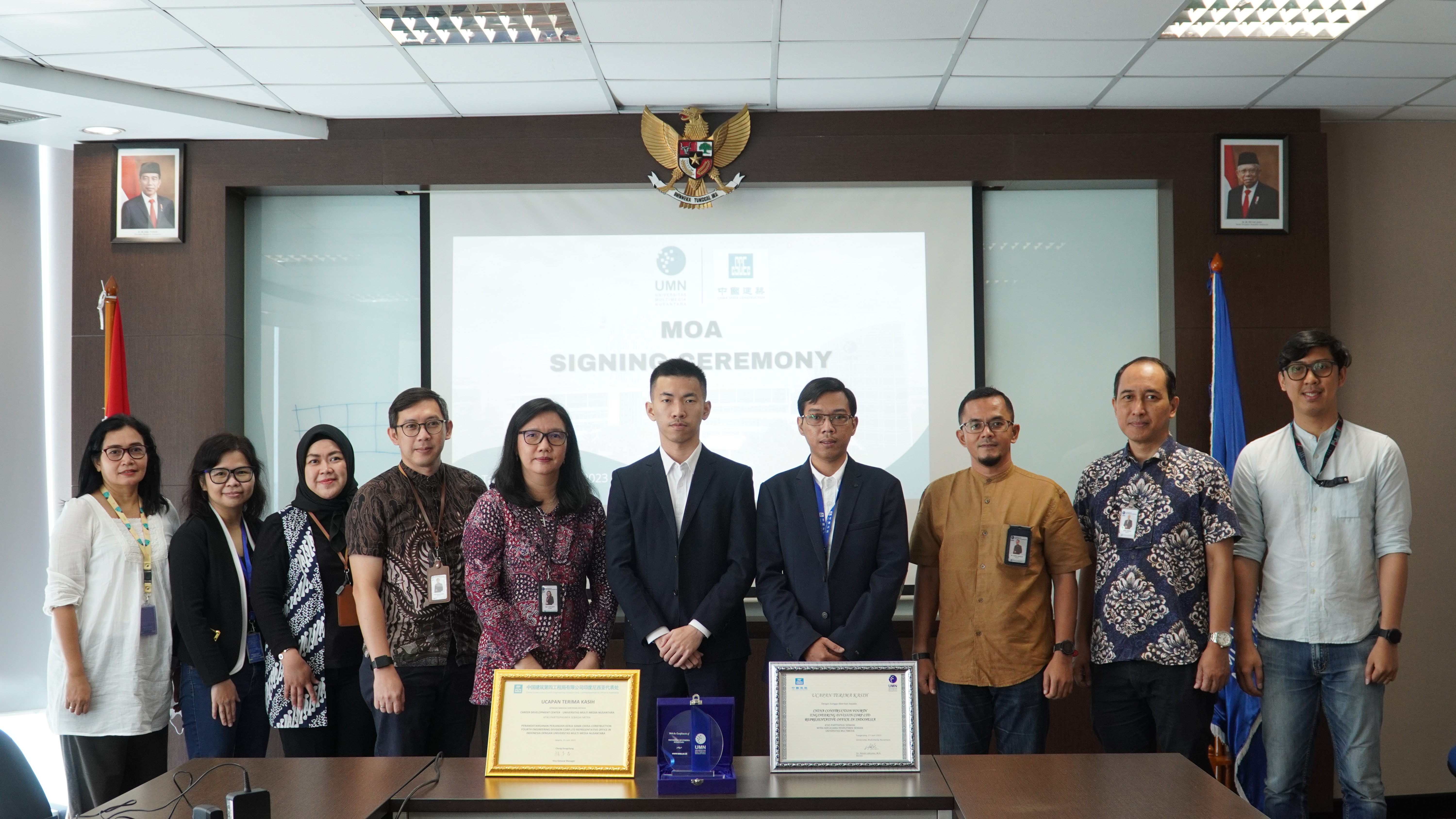
UMN Signs a MoU with China State Construction Fourth Engineering Division Corp
July 10, 2023
UMN Welcomes a Field Visit for EE MENTARI Program Training
July 11, 2023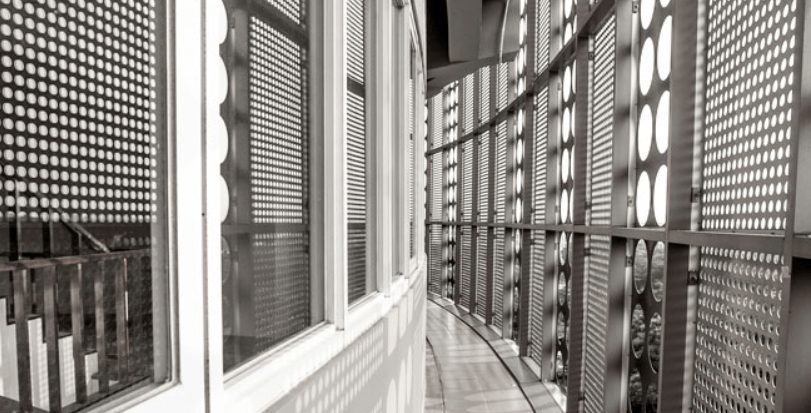
UMN’s Double Skin Facade (Doc. UMN)
Tangerang – At UMN, sustainability has always been a part of our campus design and daily practices. Our iconic buildings, wrapped in eco-friendly double-skin facades, are specifically designed to minimize energy use in Indonesia’s tropical climate. Research led by Puspita Dewi and team found that UMN’s double facades can reduce cooling energy, creating a comfortable indoor environment by regulating temperature, airflow, noise, and humidity. This “buffer system” technology doesn’t just meet thermal comfort standards for tropical climates; it’s paving the way for truly green buildings.
But we’re not stopping with efficient building designs. At UMN, we continually look for ways to reduce energy consumption. One major upgrade has been our new Magnetic Chiller system, which comes with an innovative Variable Frequency Drive (VFD). This system adjusts its cooling power based on the real-time temperature needs, meaning we’re using energy only when and where it’s needed. This technology significantly cuts energy use compared to older chillers, making a huge impact on our goal to lower the university’s carbon footprint.
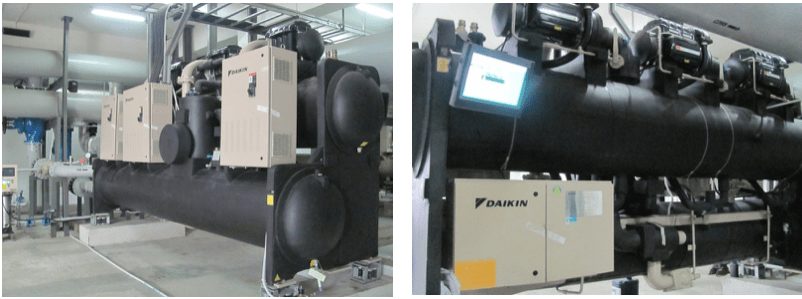
Using Magnetic Chiller with a high energy efficiency ratio and three compressors with a Variable Frequency Drive (VFD) (Doc. UMN)
UMN also uses Variable Speed Drivers (VSDs) to control motors in different systems, adjusting speeds based on load requirements. By turning down power during lighter loads, we’re reducing energy waste, boosting efficiency, and staying true to our green mission. The result? Smooth, energy-efficient operations that meet both comfort and sustainability goals.
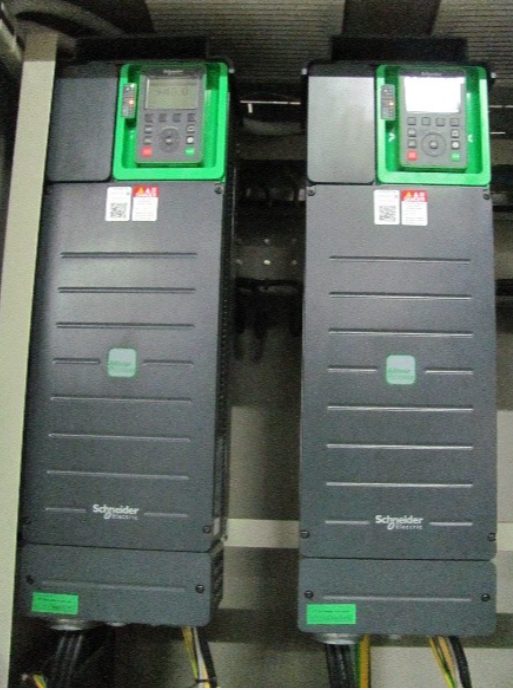
Variable Speed Driver (VSD) used as a motor driver (Doc. UMN)
Lighting plays a big role in our green journey as well. We’ve swapped traditional lights for energy-saving LEDs across campus, which use less electricity and last longer. In public spaces like restrooms, we’ve installed motion-activated lights with passive infrared (PIR) sensors to ensure lights only turn on when someone’s around.
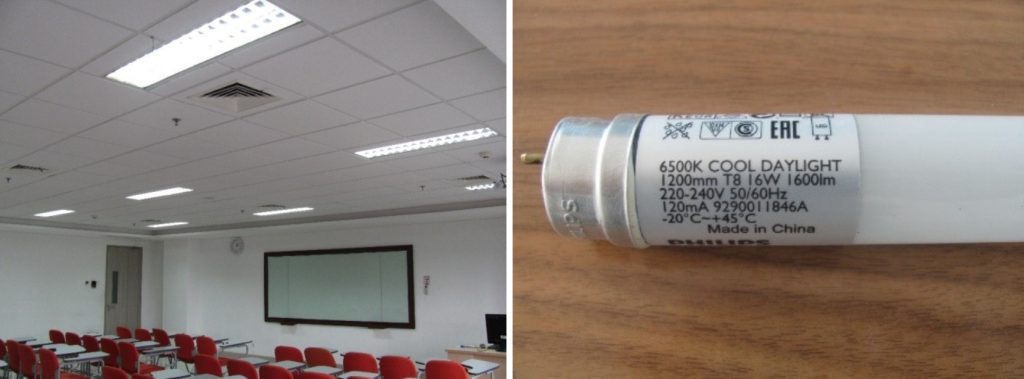
Conversion to energy-saving LED lights (Doc. UMN)
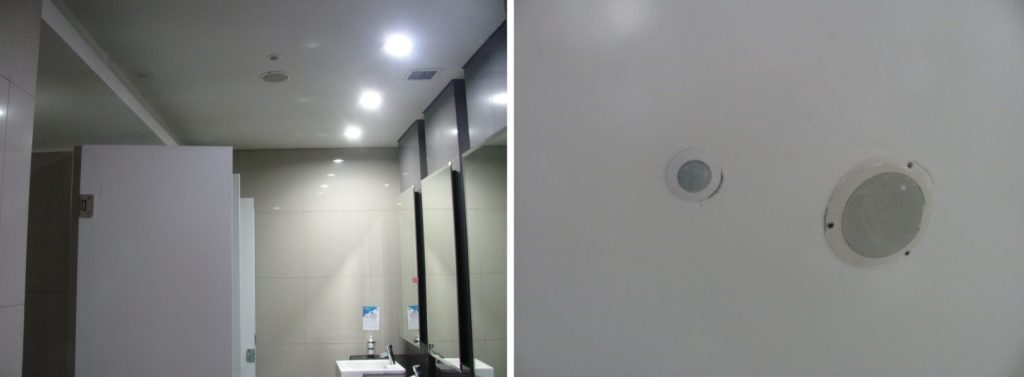
Movement-detector sensor for lights (Doc. UMN)
Each sustainable upgrade on UMN’s campus may seem like a small step, but together, they reflect a strong commitment to reducing our environmental footprint and creating a healthier, greener future. From advanced double-skin facades that naturally cool and protect, to energy-efficient lighting systems and smart chillers, these innovations work together to significantly conserve energy and support a more eco-friendly campus.
By Rachel Tiffany Tanukusuma | UMN News Service
Kuliah di Jakarta untuk jurusan program studi Informatika| Sistem Informasi | Teknik Komputer | Teknik Elektro | Teknik Fisika | Akuntansi | Manajemen| Komunikasi Strategis | Jurnalistik | Desain Komunikasi Visual | Film dan Animasi | Arsitektur | D3 Perhotelan , di Universitas Multimedia Nusantara. www.umn.ac.id



